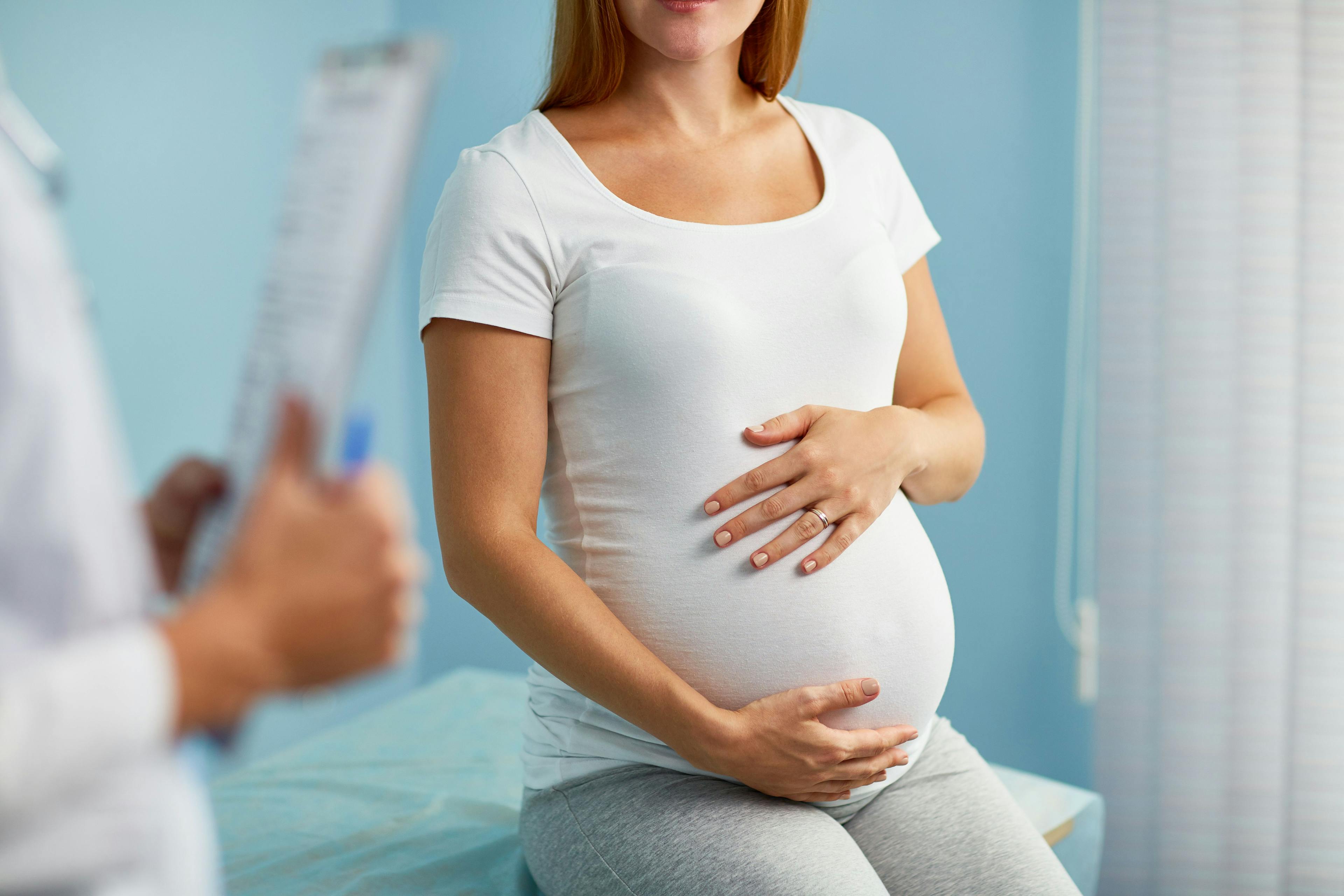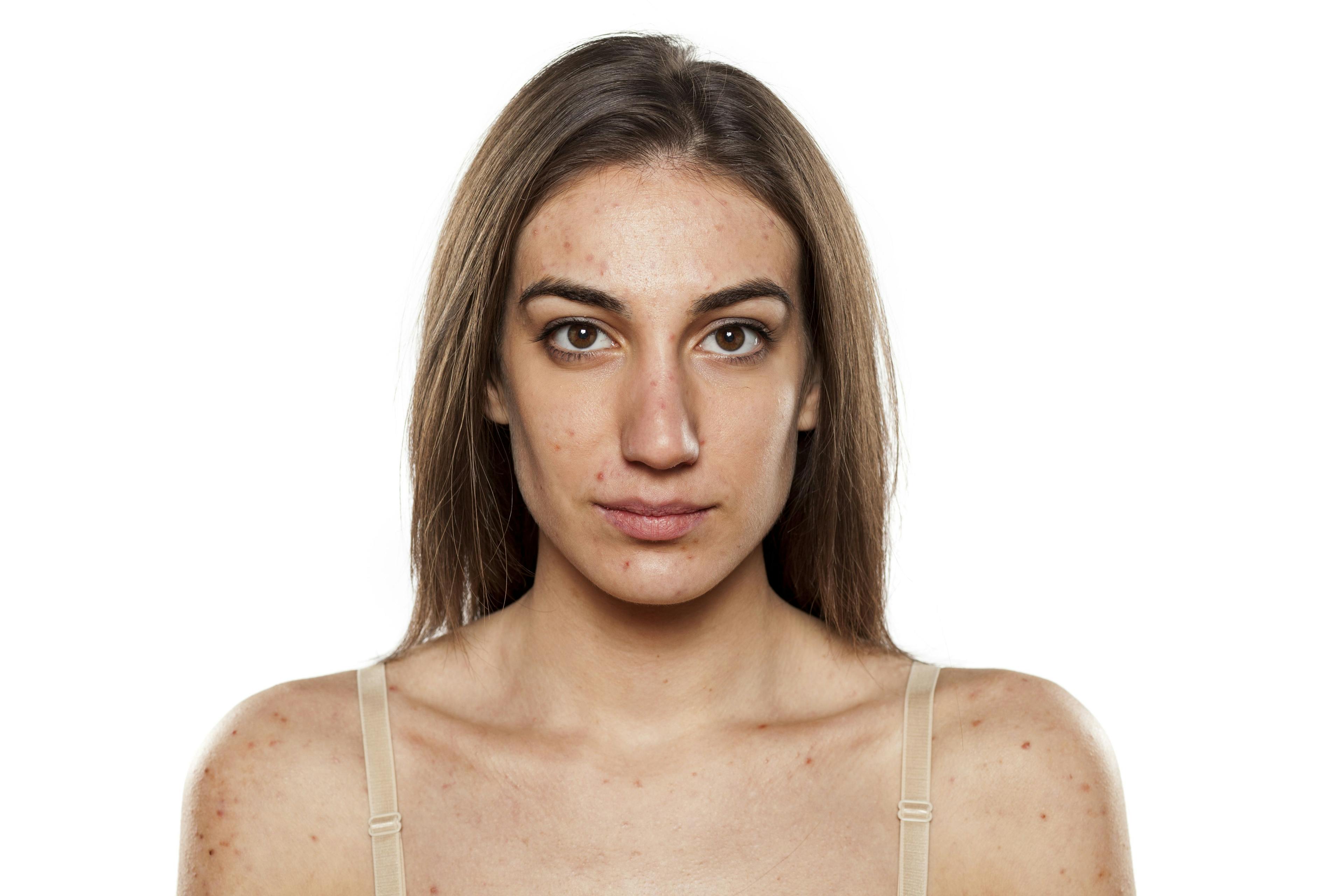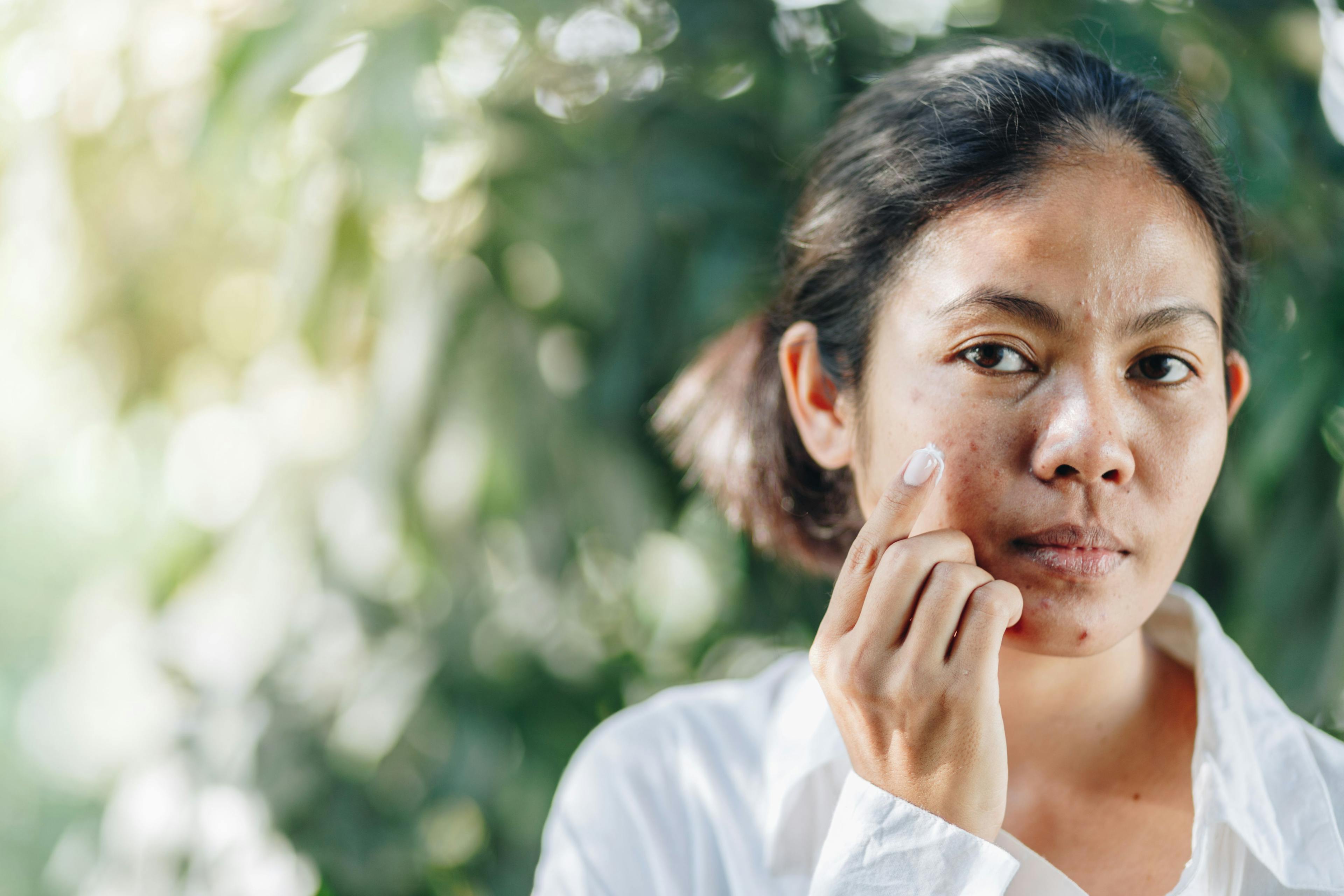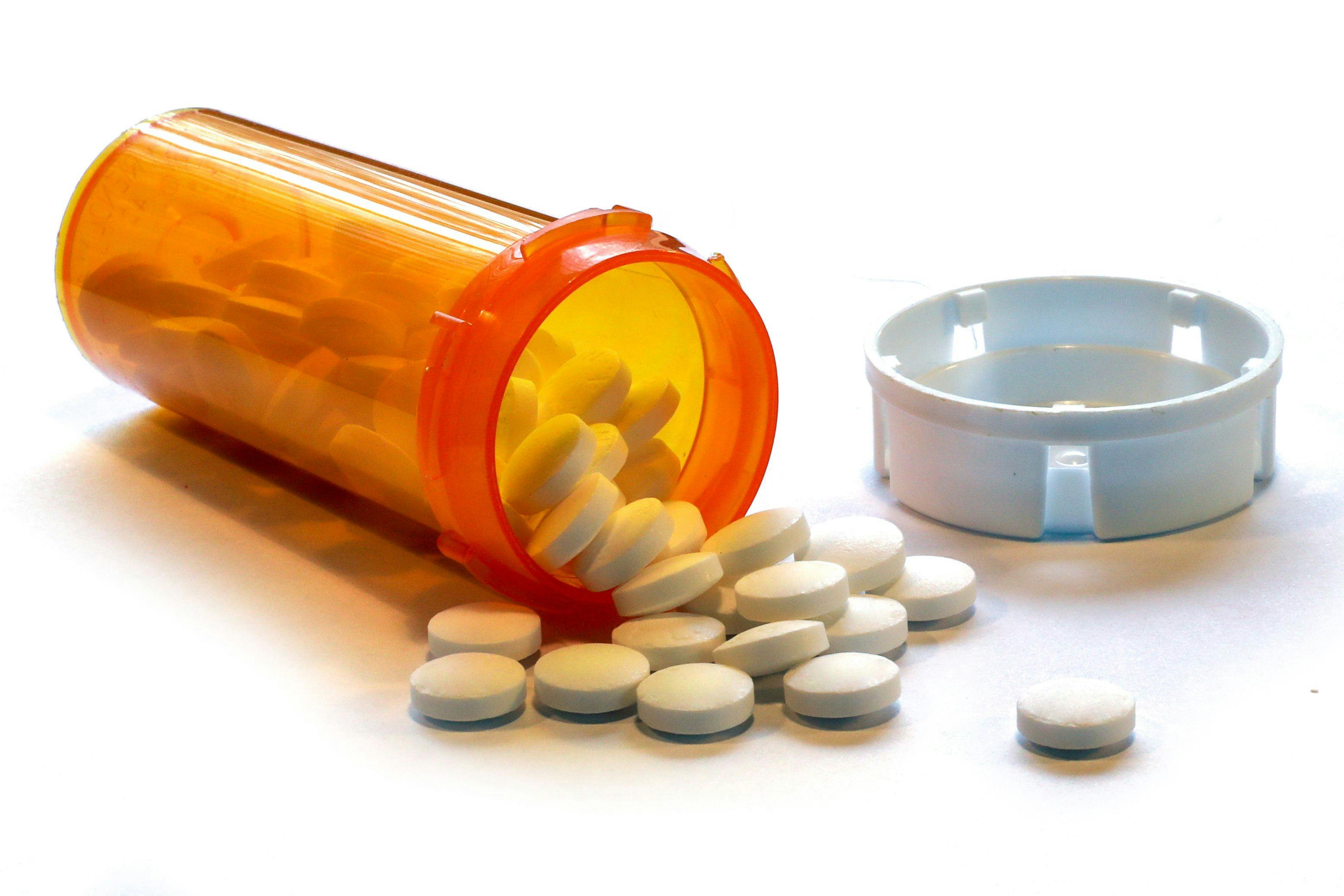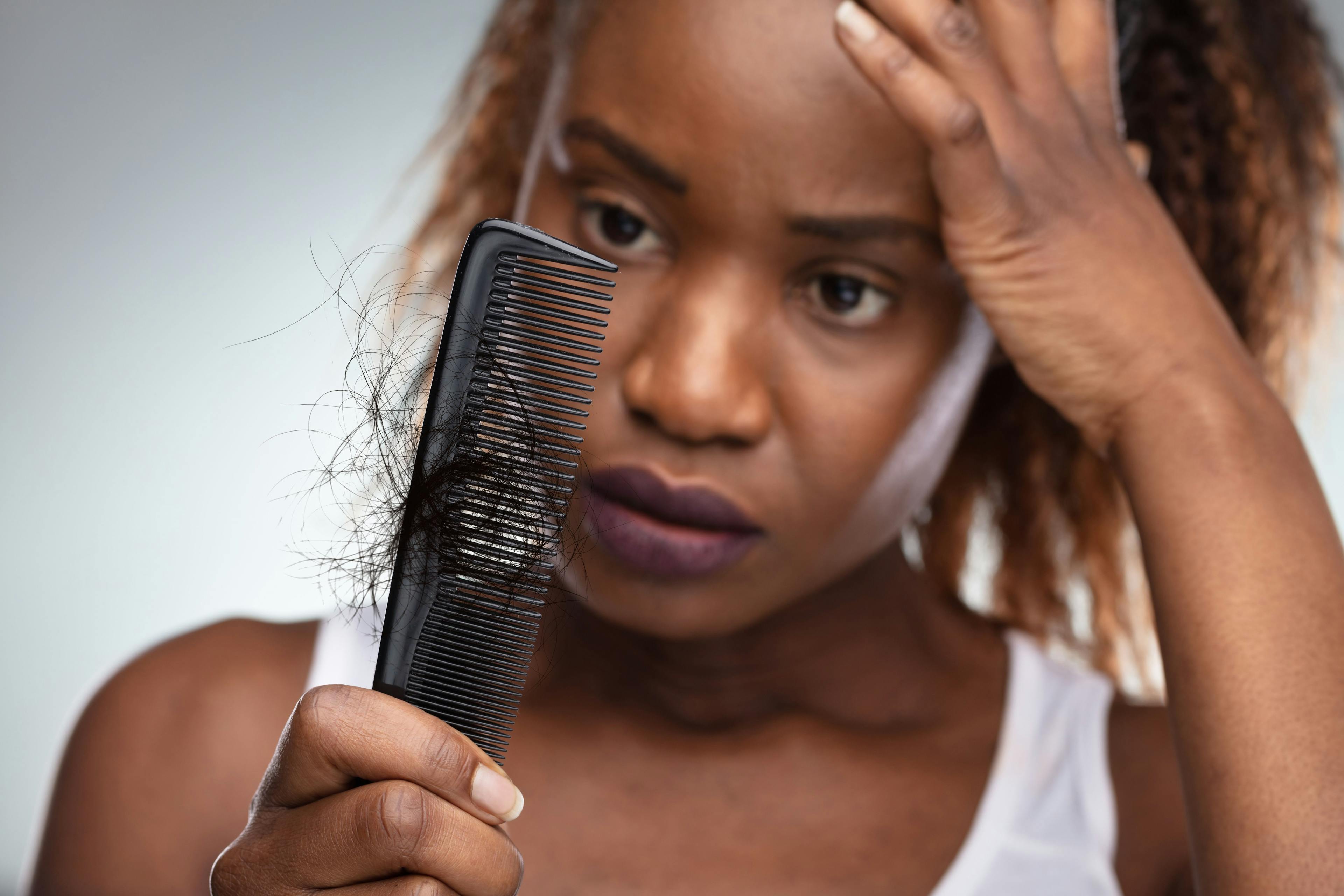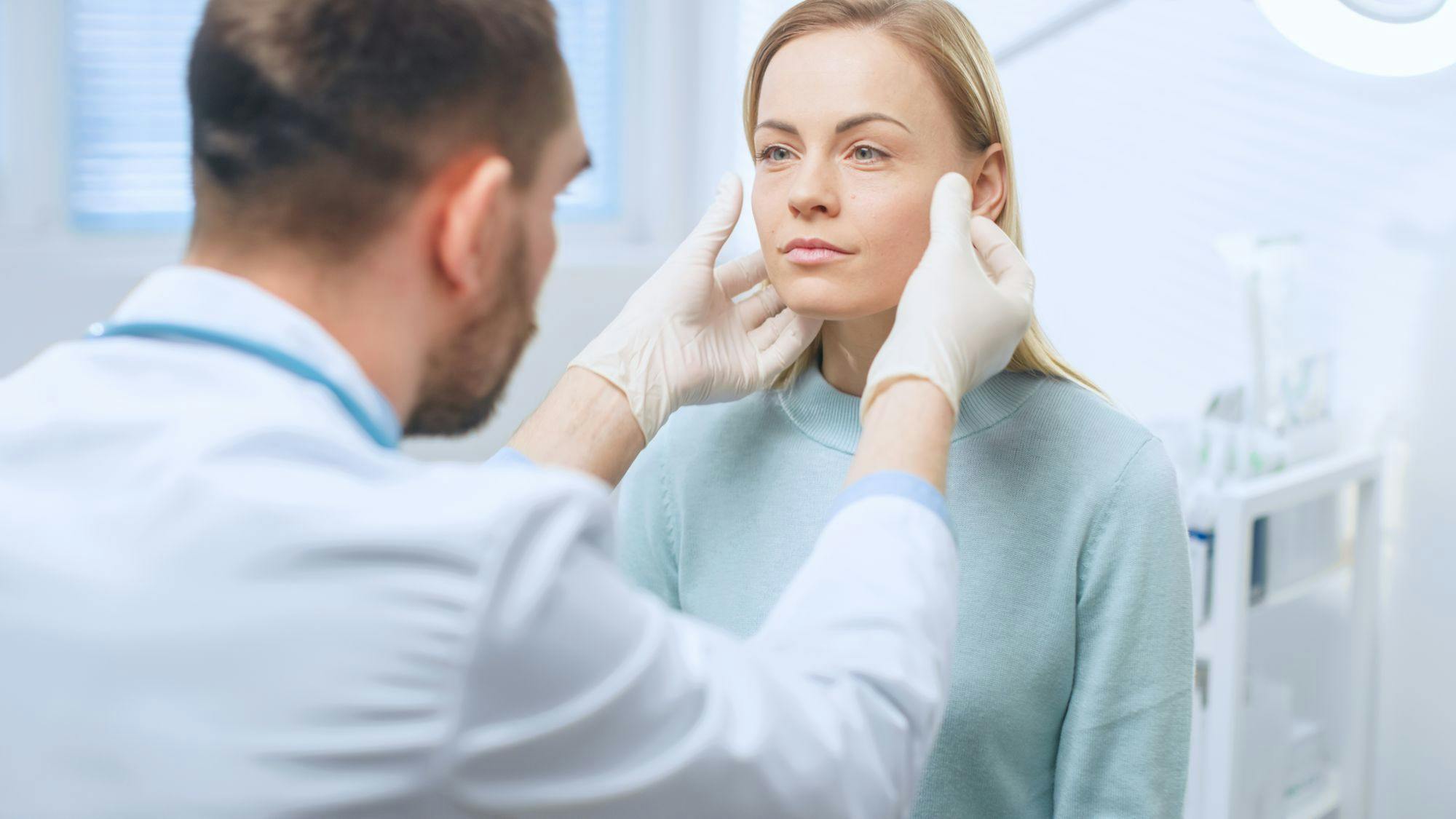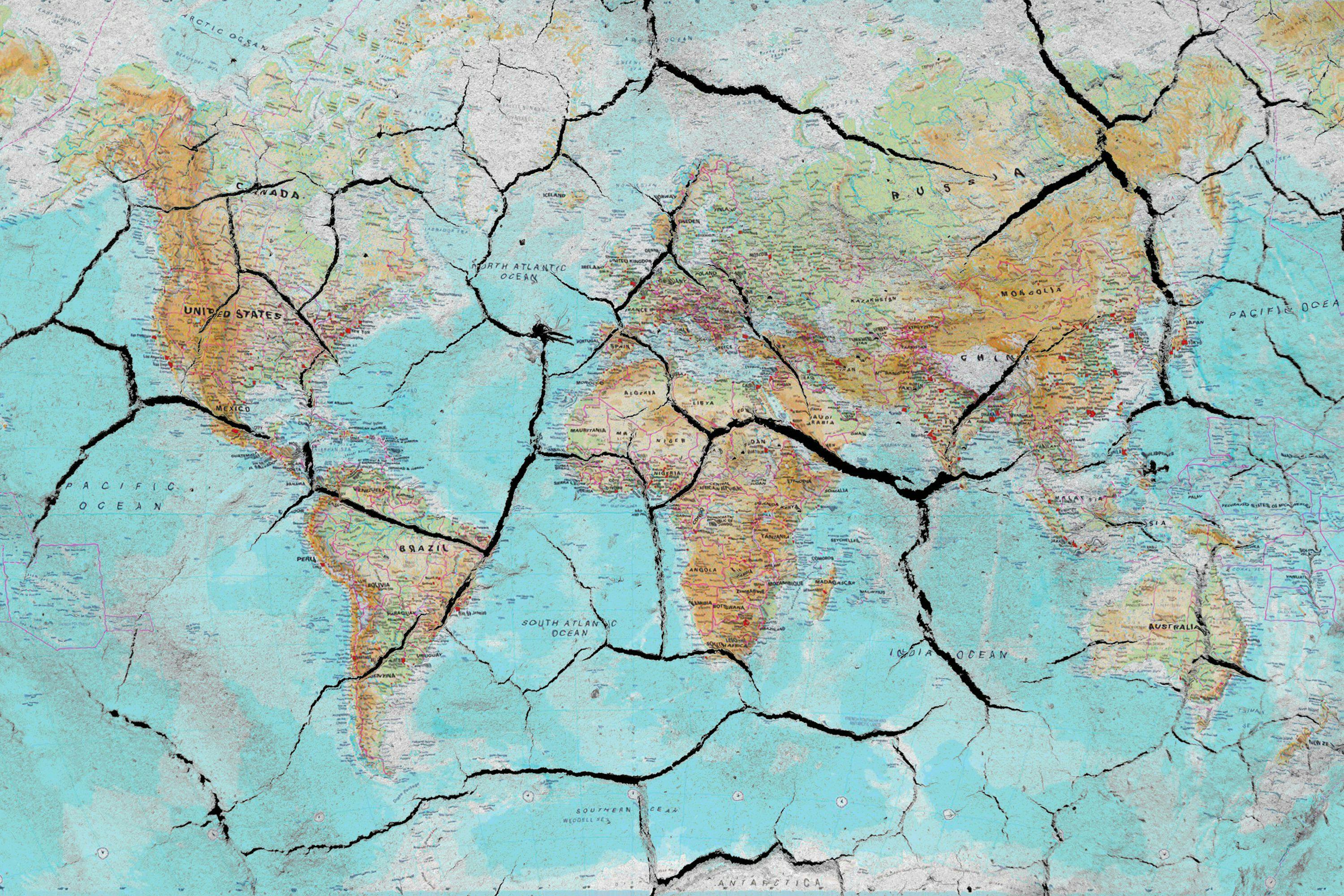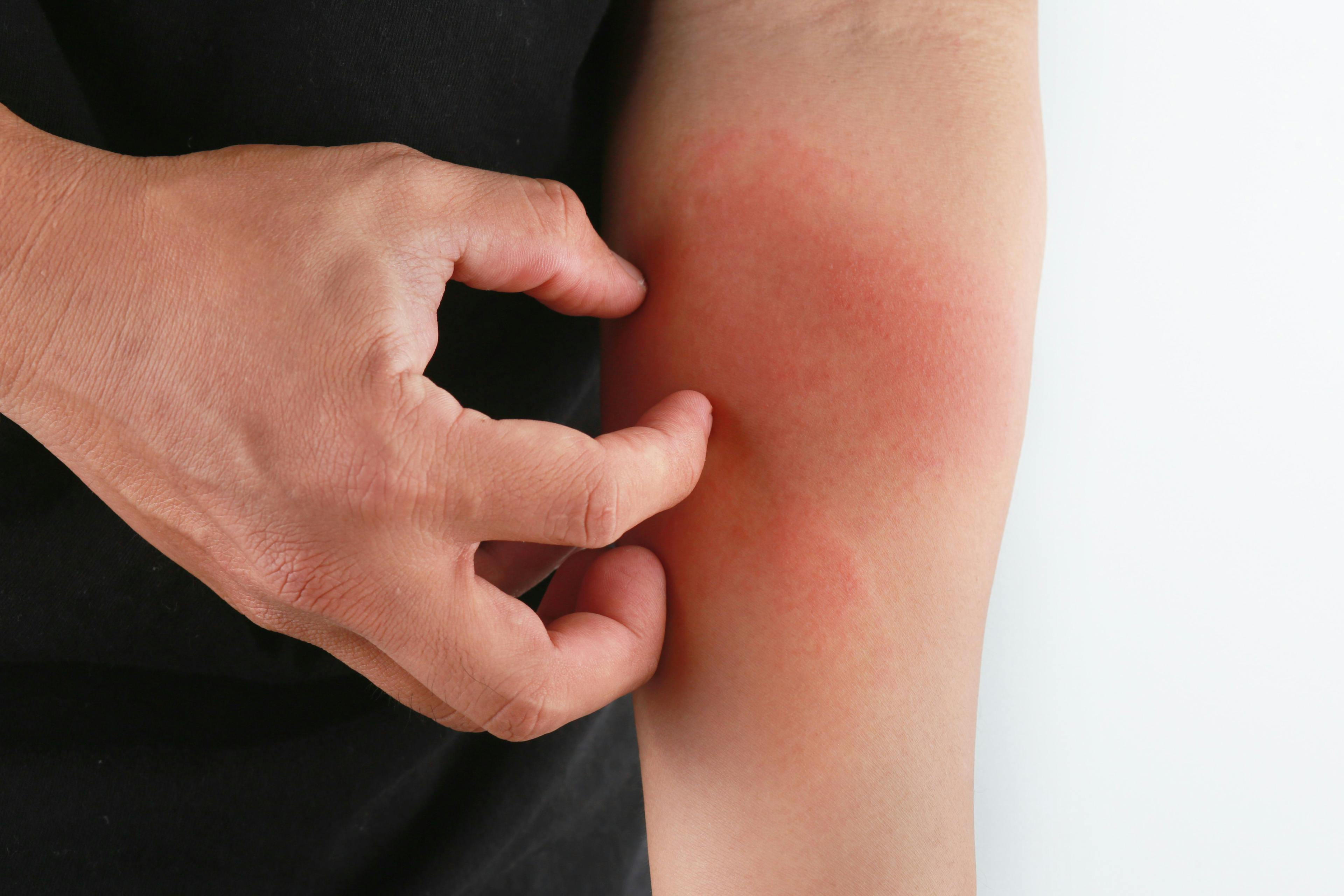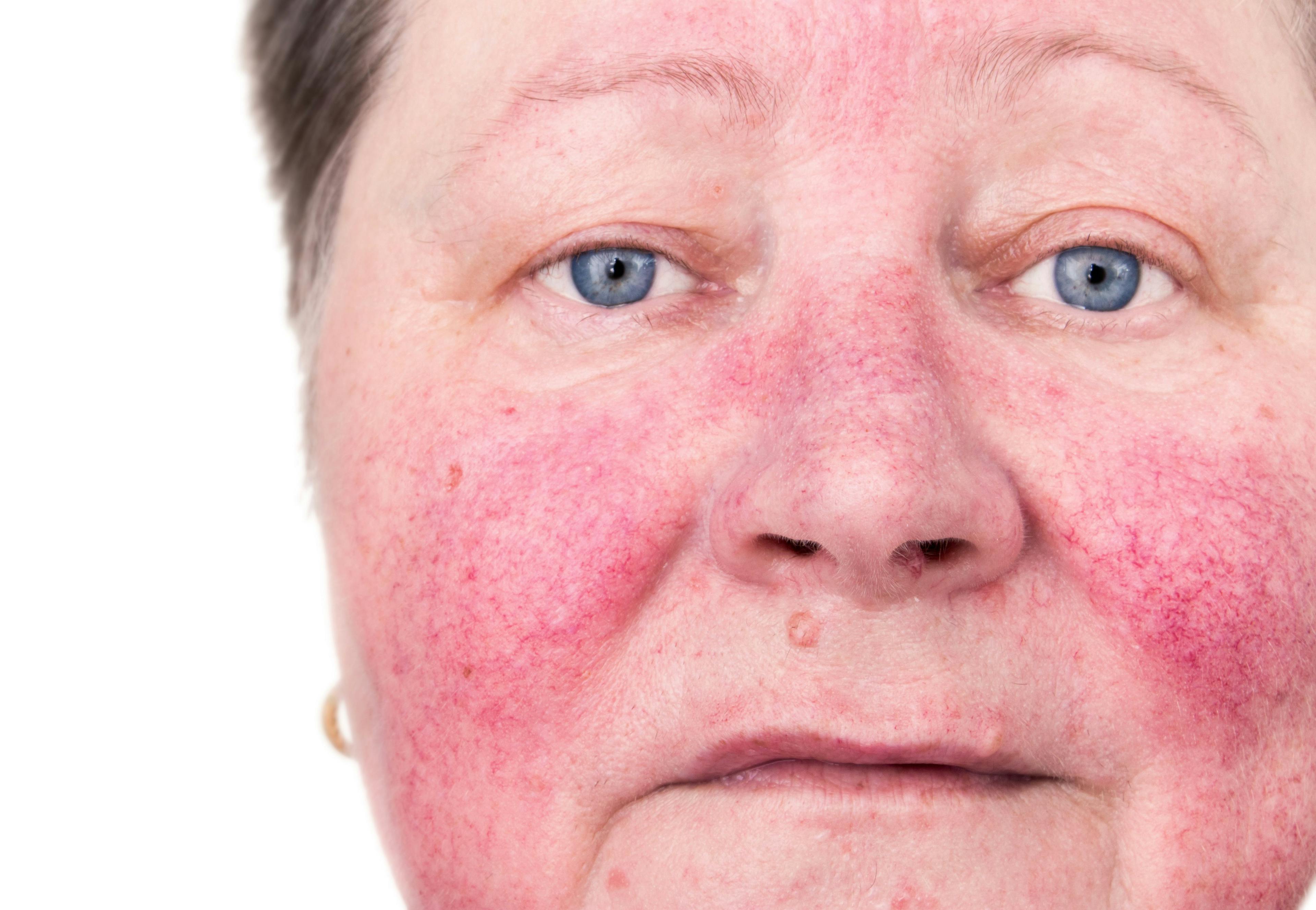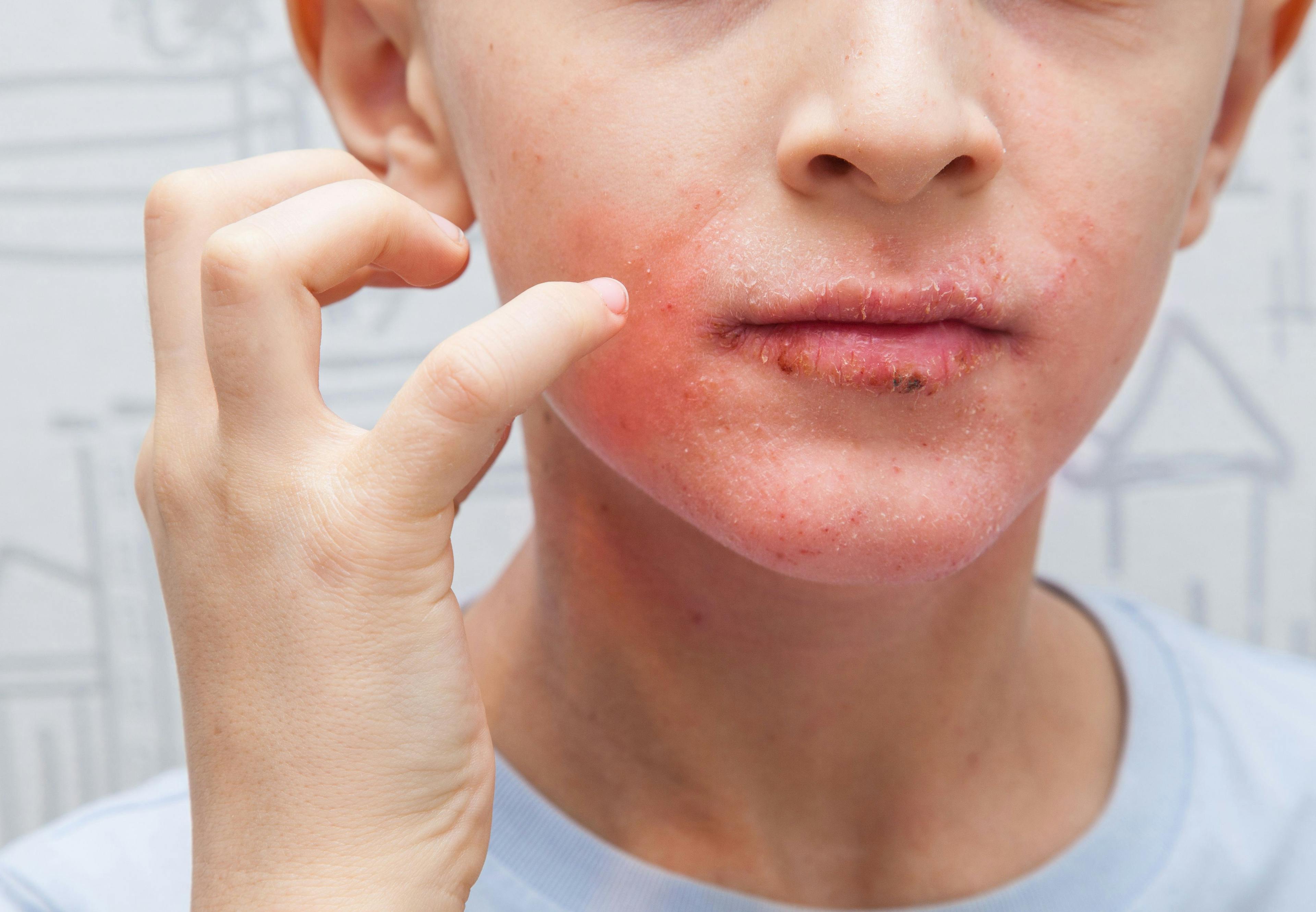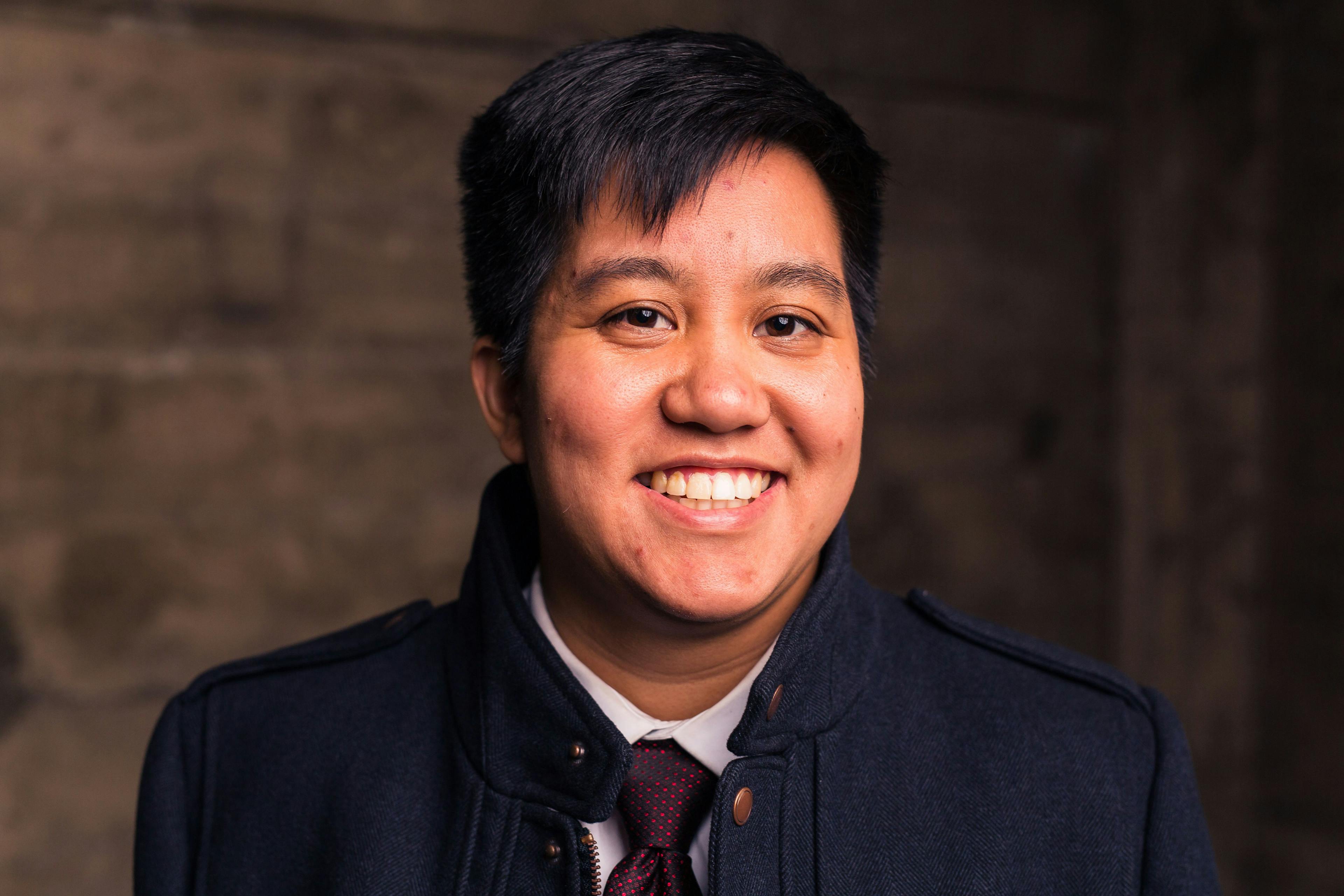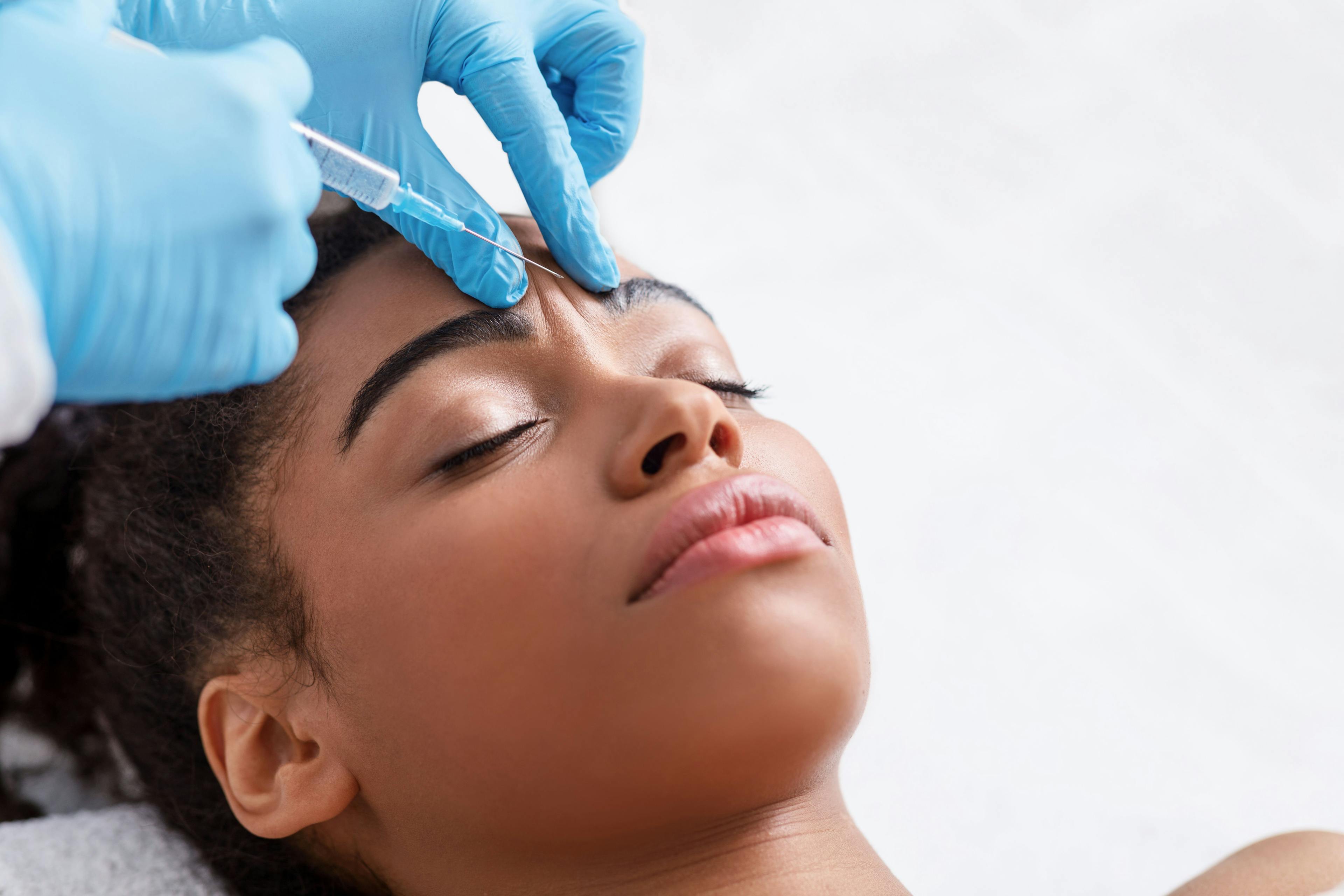- Acne
- Actinic Keratosis
- Aesthetics
- Alopecia
- Atopic Dermatitis
- Buy-and-Bill
- COVID-19
- Case-Based Roundtable
- Chronic Hand Eczema
- Chronic Spontaneous Urticaria
- Drug Watch
- Eczema
- General Dermatology
- Hidradenitis Suppurativa
- Melasma
- NP and PA
- Pediatric Dermatology
- Pigmentary Disorders
- Practice Management
- Precision Medicine and Biologics
- Prurigo Nodularis
- Psoriasis
- Psoriatic Arthritis
- Rare Disease
- Rosacea
- Skin Cancer
- Vitiligo
- Wound Care
Publication
Article
Dermatology Times
Think Globally to Combat Acne
Take a world tour of the global game-changing advances and home-grown success strategies dermatologists in the United States and abroad are using to tackle the challenges of acne.
Patients and physicians around the globe grapple with the challenges of acne vulgaris. While there are many shared treatment principles, choices on therapies and modalities are heavily influenced by regional health care practice and delivery. Guidelines from the United States (most recently published in 2016 by the American Academy of Dermatology [AAD])1, Europe2, China3, and India4, along with the Global Alliance to Improve Outcomes in Acne (Global Alliance)5, also show key differences.
Tap into a world of inspiration by applying a global perspective to acne management.
Clinical classification of acne is often debated among guidelines. European guidelines use a scheme based on predominant lesion morphology including comedonal, mild to moderate papulopustular, severe papulopustular/moderate nodular, and severe nodular/conglobate forms of acne. In contrast, Chinese guidelines categorize predominant lesion morphology as mild (comedones), moderate (inflammatory red papules), moderate (pustules), and severe (nodules/cysts). Indian guidelines grade from mild to severe based on the number of visible comedones, papules, nodules, cysts, and the presence of scarring.
The Global Alliance guidelines posit that a system based on acne lesion number does not consider lesion size and visibility, which may fail to accurately convey severity in certain cases.5,6 Instead, they suggest a system that considers both quantity and quality of lesions. The current AAD guidelines are the broadest and do not recommend a specific universal classification system, but rather, suggest an overall severity scale of mild, moderate, and severe to designate recommendations for first line treatments.
Tips on Topicals
Among topical therapies, the AAD guidelines suggest initial treatment with benzoyl peroxide, possibly in combination with a topical antibiotic and/or topical retinoid, for mild acne. Topical retinoids should be used as initial monotherapy only in patients with primarily comedonal acne. While there are many overlapping similarities with European, Chinese, and Indian guidelines, there are certain notable differences.
For instance, the AAD guidelines uniquely recommend treatment of inflammatory acne in adult females with topical dapsone gel. Instead of treating with any monotherapy for mild to moderate papulopustular acne, European guidelines suggest initial topical combination therapy with benzoyl peroxide and either a topical retinoid or topical antibiotic. Both Chinese and Indian guidelines place emphasis on topical retinoids and recommend them as initial monotherapy or in combination with benzoyl peroxide and topical antibiotics for mild acne. Interestingly, the Global Alliance guidelines do not include topical antibiotics at all in their first-line recommendations for acne, stating it is reasonable for clinicians to develop antibiotic-sparing regimens considering the issue of antibiotic resistance. All guidelines ultimately agree that topical antibiotics should not be used as monotherapy in the treatment of acne, in recognition of this issue.
Weighing the Role of Oral Antibiotics
The Global Alliance guidelines take a similar approach for oral antibiotics and suggest reserving this class of medications for treatment-resistant inflammatory acne. In contrast, the AAD guidelines recommend oral antibiotics for moderate or severe acne, whereas the Chinese and Indian guidelines recommend this class only for moderate or non-scarring moderate acne, respectively. All advise the concomitant use of other topical medications including retinoids, benzoyl peroxide, and/or topical antibiotics.
The most severe forms of acne should be treated with oral isotretinoin, but there is discrepancy among guidelines on what level of “severe” warrants the systemic medication. The AAD recommends isotretinoin for severe nodular acne as well as moderate acne that is treatment-resistant, scarring, or produces psychosocial distress. Acne scarring is a point of emphasis in the Indian guidelines, as they recommend oral isotretinoin for scarring moderate acne and both scarring and nonscarring severe acne. The European guidelines recommend isotretinoin in treating severe papulopustular/ moderate nodular acne and severe nodular/conglobate acne. Alternatively, the Chinese and Global Alliance guidelines reserve oral isotretinoin only for the most severe level of acne – the former for treatment of severe nodulocystic acne and the latter for treatment of very severe cystic and conglobate acne.
Local Accents
There are certain unique ethnic and cultural considerations present in each set of guidelines. Chinese guidelines contain an extensive discussion on the use of Traditional Chinese Medicine (TCM) for acne. Similarly, Indian guidelines touch on relevant cultural issues, e.g. avoiding the excessive use of hair oil. Strategies to prevent and treat post-inflammatory hyperpigmentation (PIH) are described in both the Indian and Global Alliance guidelines. The AAD offers the least guidance on many of these topics, and while complementary approaches are discussed briefly, they are not formally recommended.
Acne treatment guidelines are updated on an interval basis, and they are heavily influenced by novel academic research in the area. China and India currently drive a large proportion of this research, and both countries are ranked among the top 5 in global acne prevalence.7 Unsurprisingly, both countries have seen a recent boom in the anti-acne cosmetic industry.8,9
Recently published Chinese and Indian studies have heavily focused on novel alternative therapeutics for acne and acne sequalae including TCM treatments3,10, acupuncture11,12, probiotics13,14, nano-therapeutics15,16, chemical peels17,18,19, intense pulsed light20,21, 5-aminolevulinic acid photodynamic therapy22, and sebaceous gland electro-thermolysis.23 They also have delved deeply into issues more common in skin of color (SOC) patients such as PIH.18,19,21
This research has the potential to influence future acne guidelines, as patients are increasingly searching for an integrative perspective towards acne treatment.24 Recognition of these advances and higher quality research incorporating a global perspective may allow for more informed, evidence-based recommendations – sorely needed by both providers and patients. Furthermore, as SOC dermatology topics have garnered increased national attention in the United States, there is much to be learned from international guidelines when it comes to incorporation of relevant issues such as PIH. As the updated AAD guidelines are set to be published in 2023 or 2024, the future of acne management is truly in need of a global view.
References
1. Zaenglein AL, Pathy AL, Schlosser BJ, et al. Guidelines of care for the management of acne vulgaris. J Am Acad Dermatol. 2016;74(5):945-73.e33. Epub 20160217. doi: 10.1016/j.jaad.2015.12.037. PubMed PMID: 26897386.
2. Nast A, Dréno B, Bettoli V, et al. European evidence-based (S3) guideline for the treatment of acne - update 2016 - short version. J Eur Acad Dermatol Venereol. 2016;30(8):1261-8. doi: 10.1111/jdv.13776. PubMed PMID: 27514932.
3. Acne Group CoT, Dermatology WM, Acne Group CSoD, Acne Group CD. Chinese Guidelines for the Management of Acne Vulgaris: 2019 Update#. Int. J. Dermatol. 2019;2(3):129-38. doi: 10.1097/jd9.0000000000000043. PubMed PMID: 02123148-201909000-00001.
4. Kubba R, Bajaj AK, Thappa DM, et al. Acne in India: guidelines for management - IAA consensus document. Indian J Dermatol Venereol Leprol. 2009;75 Suppl 1:1-62. PubMed PMID: 19282578.
5. Thiboutot DM, Dréno B, Abanmi A, et al. Practical management of acne for clinicians: An international consensus from the Global Alliance to Improve Outcomes in Acne. J Am Acad Dermatol. 2018;78(2 Suppl 1):S1-S23.e1. Epub 20171108. doi: 10.1016/j.jaad.2017.09.078. PubMed PMID: 29127053.
6.Stein Gold L, Tan J, Kircik L. Evolution of acne assessments and impact on acne medications: an evolving, imperfect paradigm. J Drugs Dermatol. 2016;15(1):79-86. PubMed PMID: 26741385.
7. Chen H, Zhang TC, Yin XL, Man JY, Yang XR, Lu M. Magnitude and temporal trend of acne vulgaris burden in 204 countries and territories from 1990 to 2019: an analysis from the Global Burden of Disease Study 2019. Br J Dermatol. 2022;186(4):673-83. Epub 20220120. doi: 10.1111/bjd.20882. PubMed PMID: 34758111.
8.Kumar P. India skincare dermacosmetics market to generate $449.6 million revenue by 2030, says p&s intelligence [Webpage]. P&S Intelligence; 2022 [May 8, 2022].https://www.prnewswire.com/news-releases/india-skincare-dermacosmetics-market-to-generate-449-6-million-revenue-by-2030--says-ps-intelligence-301452583.html.
9. Marketing G. The Skincare Market in China 2021. Published online June 28, 2021. Accessed May 8, 2022.https://marketingtochina.com/skincare-market-china/.
10. Zhu Z, Zeng Q, Wang Z, et al. Skin microbiome reconstruction and lipid metabolism profile alteration reveal the treatment mechanism of Cryptotanshinone in the acne rat. Phytomedicine. 2022;101:154101. Epub 20220418. doi: 10.1016/j.phymed.2022.154101. PubMed PMID: 35472695.
11. Chun-Yan C, Guang-Yao X, Yan-Yan S, Ming-Shu X, Peng L. Acupuncture: A therapeutic approach against acne. J Cosmet Dermatol. 2021;20(12):3829-38. Epub 20211002. doi: 10.1111/jocd.14487. PubMed PMID: 34599626.
12. Jiao R, Zhai X, Zhang X, Xiong Z, Liu Z. Efficacy of acupuncture in improving symptoms and quality of life of patients with acne vulgaris: a randomized sham acupuncture-controlled trial. Acupunct Med. 2022:9645284221076506. Epub 20220418. doi: 10.1177/09645284221076506. PubMed PMID: 35437030.
13. Patel S, Patel MS, Patel AD, et al. Probiotic formulations: a patent landscaping using the text mining approach. Curr Microbiol. 2022;79(5):152. Epub 20220409. doi: 10.1007/s00284-022-02836-2. PubMed PMID: 35397006.
14. Habeebuddin M, Karnati RK, Shiroorkar PN, et al.Topical probiotics: more than a skin deep. pharmaceutics. 2022;14(3). Epub 20220303. doi: 10.3390/pharmaceutics14030557. PubMed PMID: 35335933; PMCID: PMC8955881.
15. Chakraborty N, Narayanan V, Gautam HK. Nano-therapeutics to treat acne vulgaris. Indian J Microbiol. 2022;62(2):167-74. Epub 20220129. doi: 10.1007/s12088-022-01001-4. PubMed PMID: 35462720; PMCID: PMC8980181.
16. Qadir A, Ullah S, Gupta DK, Khan N. Phytoconstituents loaded nanomedicines for the management of acne. J Cosmet Dermatol. 2022. Epub 20220418. doi: 10.1111/jocd.14999. PubMed PMID: 35435308.
17. Dixit N, Jena A, Panda M, Debasmita B, Ipsita D. A randomized prospective study of low-dose isotretinoin alone and combination with salicylic acid and mandelic peel against acne tarda. J Cosmet Dermatol. 2022. Epub 20220407. doi: 10.1111/jocd.14973. PubMed PMID: 35388606.
18. Keisham C, Singh YL. The efficacy and tolerability of 40% pyruvic acid on acne vulgaris, post acne scar and hyperpigmentation in Indians. J Cosmet Dermatol. 2022. Epub 20220407. doi: 10.1111/jocd.14974. PubMed PMID: 35388603.
19. Ravikumar B, R I, Pillai D. Efficacy of alpha and beta hydroxy acid chemical peels in postacne pigmentation: a double blinded, randomized, controlled trial. J Clin Aesthet Dermatol. 2022;15(1):48-52. PubMed PMID: 35309278; PMCID: PMC8903232.
20. Qu H, Wang Y, Yang F, Wang G, Gao L, Li K. A randomized, controlled trial of intense pulsed light in combination with minocycline hydrochloride for the treatment of inflammatory acne vulgaris. J Cosmet Dermatol. 2022. Epub 20220505. doi: 10.1111/jocd.15046. PubMed PMID: 35510753.
21. Wu X, Wang X, Wu X, Cen Q, Xi W, Shang Y, Zhang Z, Lin X. Intense pulsed light therapy improves acne-induced post-inflammatory erythema and hyperpigmentation: a retrospective study in chinese patients. Dermatol Ther (Heidelb). 2022. Epub 20220412. doi: 10.1007/s13555-022-00719-9. PubMed PMID: 35415801.
22. Jia L, Lei S, Zhang L, et al. Acute acne flare following isotretinoin administration successfully treated by 5-aminolevulinic acid photodynamic therapy. Photodiagnosis Photodyn Ther. 2022:102893. Epub 20220429. doi: 10.1016/j.pdpdt.2022.102893. PubMed PMID: 35500742.
23. Wu X, Yang Y, Wang Y, et al. Treatment of refractory acne using selective sebaceous gland electro-thermolysis combined with non-thermal plasma. J Cosmet Laser Ther. 2022:1-7. Epub 20220407. doi: 10.1080/14764172.2022.2050760. PubMed PMID: 35388729.
24. Nickles MA, Rustad AM, Ogbuefi N, et al. What's being recommended to patients on social media? A cross-sectional analysis of acne treatments on YouTube. J Am Acad Dermatol. 2022;86(4):920-3. Epub 20210320. doi: 10.1016/j.jaad.2021.03.053. PubMed PMID: 33757799.
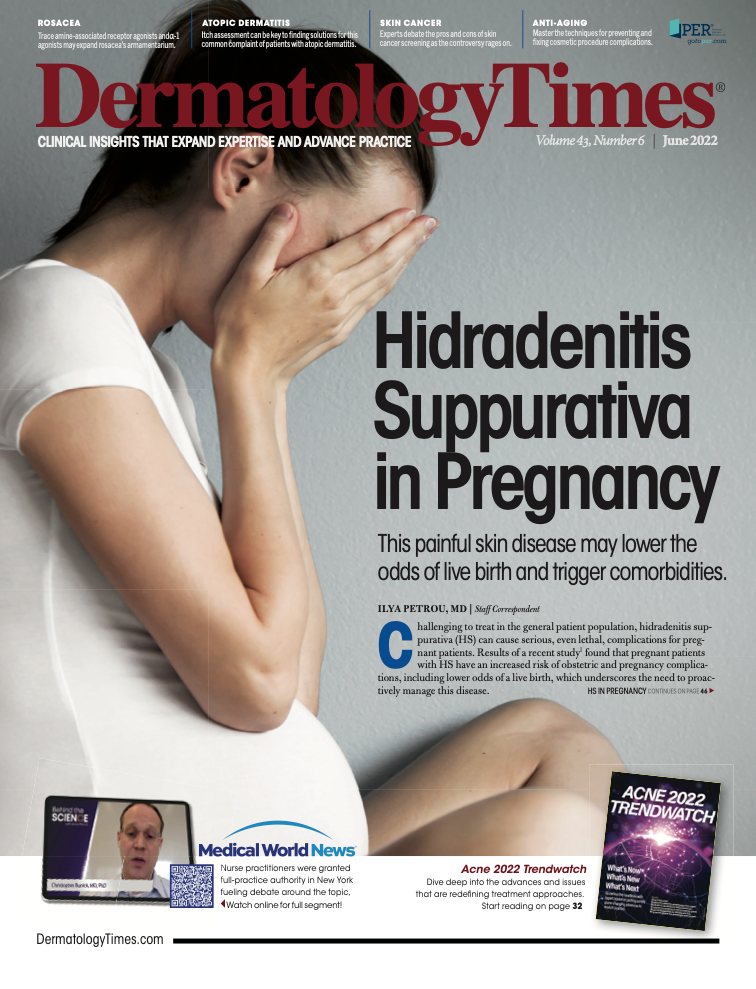
Newsletter
Like what you’re reading? Subscribe to Dermatology Times for weekly updates on therapies, innovations, and real-world practice tips.

